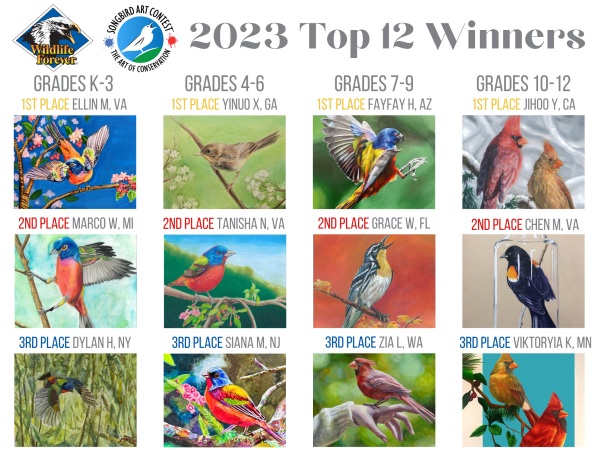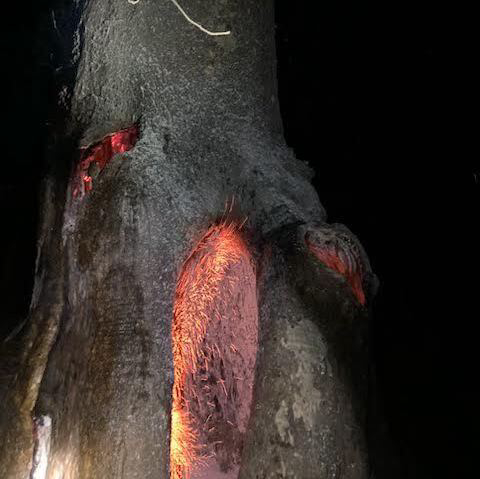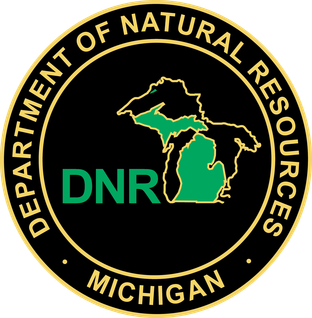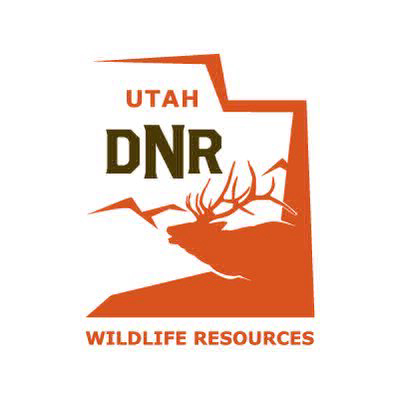By Glen Wunderlich
Charter Member Professional Outdoor Media Association (POMA)
We Michiganders love our parks – both state and local. In addition, we also enjoy those fishing piers and boat ramps that allow outdoors-minded individuals opportunities to get out on our magnificent waterways of the Great Lakes systems. To fund these public facilities’ associated expenses takes a lot of tax dollars beyond user fees. Here, we’ll review two of the funding mechanisms employed and their stark differences.
First, to fund conservation efforts of our waterways, the Sport Fish Restoration Act authorizes a federal excise tax on certain items: 10 percent on fishing equipment; 3 percent tax on electric boat motors, tackle and fly boxes; import duties on tackle, pleasure boats and yachts; and a portion of the federal gas tax that is attributable to motorboats and small engines. Since 1952, these excise taxes have contributed and distributed more than $11.3 billion to individual states.
Michigan’s share of distributions in year 2023 was $12,913,189 and has been at least $10 million for last 16 years. Kathy Hollar, Division Manager, U.S. Fish & Wildlife Service, explained it this way: “Our industry manufacturers are vitally important to the Sportfish Restoration Program. Without their federal excise tax contributions, we wouldn’t have had seven decades of fish restoration and boating access projects across the country for all of America to enjoy.”
Contributions is a cleverly disguised term for the reality of extractions. This hidden tax, however, is not, in effect, paid by anyone other than us consumers with costs of goods and services inflated to cover the built-in taxes. They’re not seen, but certainly felt. With that said, at least the money has been raised in advance of any project expenses.
Compare that pre-paid method with federal grants such the Biden Administration’s American Rescue Plan passed in 2021, whereby the federal government provided Michigan with $6.5 billion termed flexible state fiscal recovery funds. Of that total, Michigan’s DNR has been appropriated $498 million with 89 percent dedicated to local and state parks’ trails and infrastructure. Wow! That’s a tremendous infusion of cash for upgrades – and, heartaches down the road; it’s all part of a borrowing mindset.
According to the Congressional Budget Office, annual interest payments on America’s debt will reach $1.6 trillion by year 2034 and will continue to grow from there. By comparison, interest costs on the nation’s debt were $879 billion in fiscal year 2023 and recent increases in interest rates are poised to exacerbate the issue.
And, that’s merely the interest on the roughly 34 trillion-dollar debt that continues its upward spiral to future generations’ ultimate despair. To put this incomprehensible figure into perspective, it works out to over $100 million per hour right now!
The elephant in the room that nobody has been willing to acknowledge amid the hoopla of government “giveaways” is the perpetual increase of taxation on current and future citizens. Yes, our officials have perfected the art of can kicking.
Since politicians have no control over spending and borrowing, it appears the Beatles had it right all along with lyrics from their song Taxman and what it portends for us all:
If you drive a car, car, I’ll tax the street
If you try to sit, sit, I’ll tax your seat
If you get too cold, cold I’ll tax the heat
If you take a walk, walk, I’ll tax your feet
Should 5 percent appear too small, be thankful I don’t take it all.










